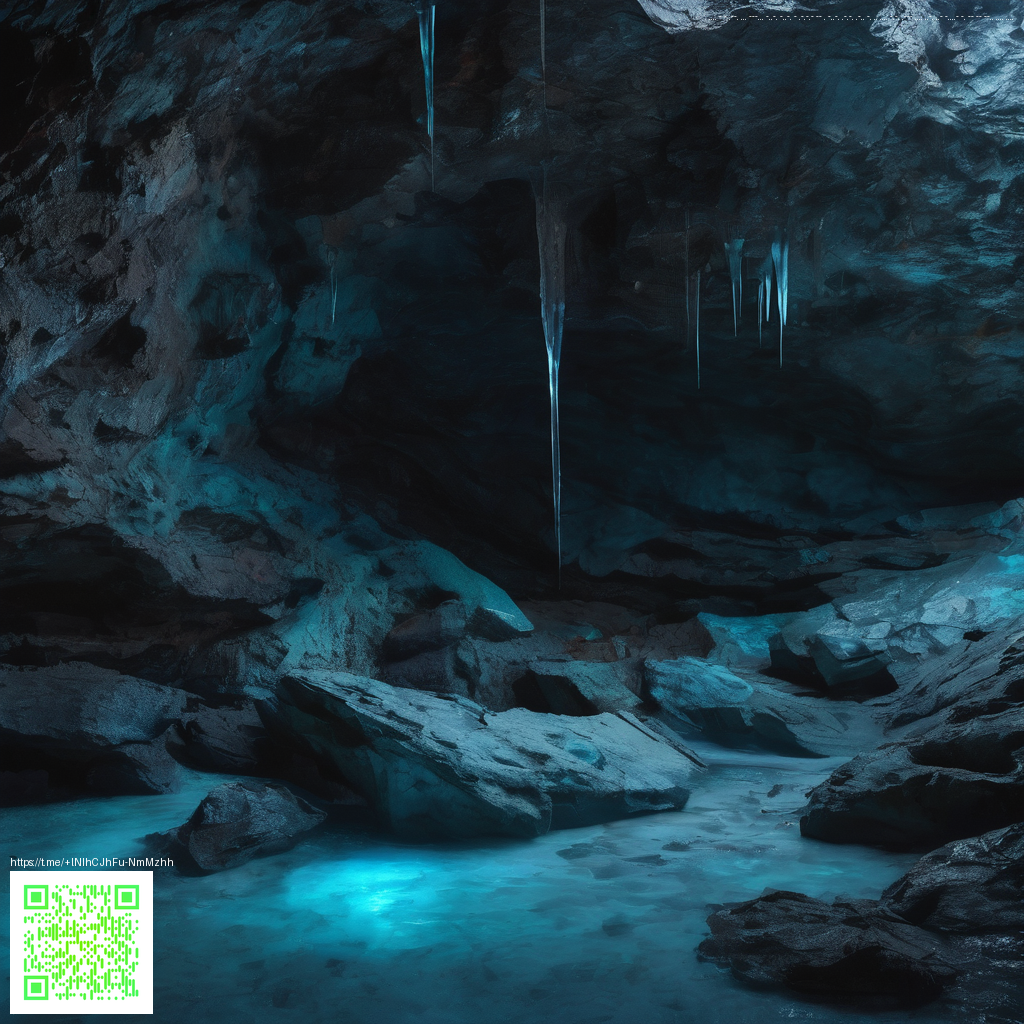
Redefining the open world RPG space with a neon drenched living city
In the crowded field of open world role playing games, one title carved a lane that others are still trying to chase. Its world feels less like a backdrop and more like a living organism that breathes with player choices, street level rhythms, and a tech saturated ambience that pushes players to imagine new possibilities. The designers embraced complexity not as a hurdle but as a feature that invites experimentation and personal storytelling. The result is a blueprint for how to balance sprawling exploration with focused character driven moments.
Gameplay as a narrative engine
What stands out is how exploration, conversation, and action weave together. Movement across a dense cityscape is not a simple traversal chore; it becomes a mechanic that unlocks consequences. Every alley, every corner store, and every high rise populated with characters serves a purpose in shaping your path. Side quests are not mere diversions but micro narratives that reveal the city’s texture and the fragility of its factions. The player can approach missions through multiple routes, with hacking, stealth, or direct confrontation each offering distinct routes to success.
Vehicular combat and on the fly improvisation deepen the sense of agency. Upgrades to cyberware change how you approach encounters, transforming common encounters into tactical puzzles where your build dictates your approach. The combat loop feels responsive and earned, with each gadget and augmentation giving you new avenues to approach old problems. This design philosophy makes the world feel reactive, a place where your decisions ripple outward in tangible ways.
Updates that kept the city evolving
The game’s post launch support is often cited as a turning point. A notable patch series delivered a raft of bug fixes and quality of life improvements that stabilized performance and refined balance. The release cadence culminated in a major expansion that introduced a new region and a tightened focus on narrative arcs that intertwine with the city’s wider politics. These updates did more than patch issues; they refined pacing and dialog, ensuring people who return months after release still find fresh experiences. The result is a living product rather than a fixed snapshot, a critical factor in extending the life of any big open world project.
Observers point to how this approach raises the bar for future installments. The expansion pack arrives with a reoriented set of objectives for the player, inviting risky choices and moral ambiguity while still delivering the visceral thrill of speed runs through neon boulevards. The end effect is a model where expansion content integrates with core systems rather than merely padding playtime.
Modding as a culture and a method
On PC, the scene around this title bloomed into a full fledged modding ecosystem. Creators added new outfits, expanded customization options, and rebalanced combat to suit different playstyles. UI tweaks and quality of life improvements became common, reflecting a community that cares deeply about how the game feels on screen and under the hood. The mods that alter visuals, tweak quest objectives, or streamline inventory management demonstrate how flexible design can empower players to tailor the experience. This culture of experimentation helps keep the game relevant long after the initial release window fades, and it offers a proving ground for ideas that might influence later projects.
Developer commentary and guiding philosophy
Public statements from the developer emphasize a commitment to player agency and a city that responds to your presence. The team frames their approach as building a story driven, living world that invites repeated visits with new outcomes. This philosophy resonates with players who crave meaningful repercussion and the feeling that their choices truly matter. It is not merely about delivering a large map, but about crafting a space where character arcs, faction dynamics, and urban systems interlock in surprising ways. The result is a product that challenges traditional genre boundaries by blending deep narrative with systemic openness.
Impact on the open world RPG genre
What makes this title pivotal is the way it demonstrates a coherent convergence of story, scale, and interactivity. The open world is not just a playground but a narrative instrument that invites experimentation. Its success has inspired a shift toward modular storytelling—where quest design and world events adapt to the player’s style rather than forcing players to fit a rigid template. Studios eyeing ambitious worlds now study processes for balancing emergent gameplay with tightly scripted beats, aiming to offer both discovery and direction in equal measure. The ongoing dialogue between updates and community created content further cements the open world RPG as a living art form rather than a completed product.
CD Projekt Red has shown that a city can be a co author of your journey, not just a backdrop for it. The moral complexity and the willingness to let players carve unique paths set a high standard for what interactive storytelling can achieve in a dense, kinetic world.
For fans and developers alike, the conversation around this game reveals a broader trend toward flexible design and perpetual iteration. When a title treats its world as something more than a static map, it invites players to invest emotionally and creatively. That is the core reason this work remains a touchstone for best practices in open world RPG design.
Support the Decentralized Internet